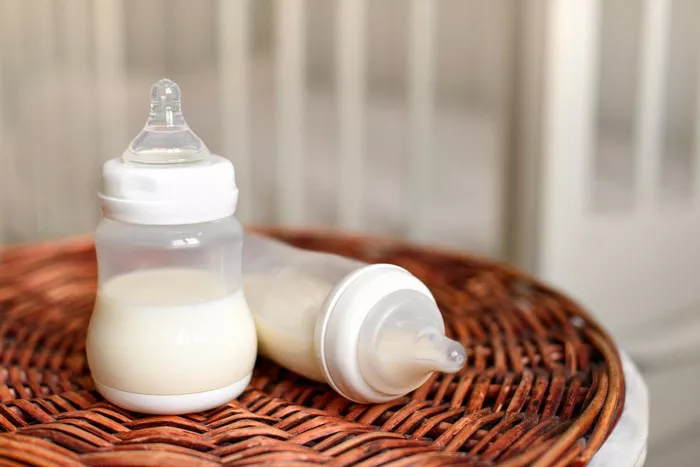In today’s environmentally conscious world, the choice between materials matters more than ever. Among the many considerations for eco-friendly living, the debate between silicone and plastic bottles is gaining significant traction. While both materials serve the purpose of containing liquids, the disparities between them are vast, with silicone emerging as the superior option in terms of durability, health, and environmental impact. In this article, we delve into the various aspects that make silicone bottles a better choice compared to their plastic counterparts.
Introduction to Silicone and Plastic Materials
Understanding the fundamental composition of silicone and plastic is crucial in discerning their differences. Silicone, a synthetic rubber, consists primarily of silicon, oxygen, carbon, and hydrogen. It is renowned for its flexibility, resilience, and stability across a wide range of temperatures. On the other hand, plastic, derived from sources such as natural gas, crude oil, or plants, encompasses a broad category of materials with varying properties, many of which are known for their malleability and versatility.
Comparison of Properties
When comparing the properties of silicone and plastic, silicone undoubtedly holds the upper hand in several key areas. Silicone exhibits remarkable durability, capable of withstanding extensive use without deteriorating or losing its shape. Its exceptional heat resistance makes it suitable for both hot and cold beverages, eliminating concerns about warping or leaching harmful chemicals. Furthermore, silicone boasts a non-toxic nature and is hypoallergenic, making it safe for individuals with sensitivities or allergies.
Plastic, conversely, presents numerous drawbacks. One of the most concerning issues is its propensity to degrade over time, breaking down into microplastics that infiltrate ecosystems and pose a threat to marine life. Additionally, certain plastics contain harmful substances like bisphenol A (BPA), which has been linked to various health complications, including hormonal imbalances and developmental issues.
Environmental Impact
The environmental benefits of silicone over plastic are undeniable. Unlike plastic, silicone can be recycled efficiently, reducing the strain on landfills and minimizing the need for virgin materials. Moreover, silicone’s durability ensures that it can be reused countless times without significant wear and tear, further reducing its environmental footprint.
Another critical advantage of silicone is its ocean-friendliness. Unlike plastic, which breaks down into tiny particles that persist in marine environments for centuries, silicone does not degrade into harmful fragments, making it a safer choice for coastal communities and marine ecosystems. By opting for silicone bottles, consumers can contribute to the preservation of our oceans and mitigate the pervasive issue of plastic pollution.
Health and Safety Considerations
Concerns about the health implications of plastic have led many consumers to seek alternative options, with silicone emerging as a clear frontrunner. High-quality silicone does not leach harmful chemicals or toxins into beverages, ensuring that the contents remain pure and uncontaminated. Additionally, silicone’s smooth surface resists bacterial growth, making it easy to clean and maintain hygiene standards.
In contrast, the safety of certain plastics has come under scrutiny due to their potential to leach harmful substances into liquids, especially when exposed to heat or acidic conditions. This poses a significant risk to human health, as ingesting or coming into contact with these substances can lead to a range of adverse effects, from reproductive disorders to carcinogenicity.
Practical Usage
From a practical standpoint, silicone bottles offer numerous advantages that make them an attractive choice for everyday use. Their multifunctional design allows for versatile applications, whether it’s storing water, juice, or even cosmetics. Silicone bottles are also remarkably easy to clean, either by hand or in the dishwasher, thanks to their non-stick properties and resistance to staining.
Furthermore, silicone’s ability to withstand high temperatures makes it ideal for both hot and cold beverages, eliminating the need for separate containers for different drinks. However, it’s essential to note that silicone’s stability may be compromised at extreme temperatures exceeding 300°F, so users should exercise caution when exposing it to intense heat sources.
Cost-Benefit Analysis
While plastic bottles may initially appear more economical due to their lower upfront cost, silicone offers superior long-term value. Investing in silicone bottles may require a slightly higher initial investment, but their durability and longevity more than compensate for the difference in price. With proper care, silicone bottles can last for years, if not decades, making them a cost-effective choice in the long run.
Moreover, considering the potential health risks associated with plastic, the additional expense of silicone becomes a worthwhile investment in safeguarding personal well-being. By prioritizing quality over affordability, consumers can enjoy the peace of mind that comes with knowing their drinking vessels are safe, reliable, and environmentally responsible.
Conclusion and Recommendations
In conclusion, the myriad benefits of silicone bottles over plastic ones make them a clear choice for conscientious consumers seeking a sustainable and health-conscious alternative. From their superior durability and safety features to their minimal environmental impact, silicone bottles offer a compelling solution to the pervasive issues associated with plastic consumption.
To maximize the benefits of silicone bottles, individuals can take proactive steps to integrate them into their daily routines, whether it’s for hydration on the go or storage at home. By making the switch to silicone, consumers can play a pivotal role in reducing plastic waste, protecting marine ecosystems, and promoting a healthier lifestyle for themselves and future generations.
In light of these considerations, it is recommended that consumers prioritize silicone bottles over plastic ones whenever possible, taking into account both personal health and environmental impact. By making informed choices and supporting sustainable alternatives, we can collectively contribute to a cleaner, safer, and more sustainable world.


